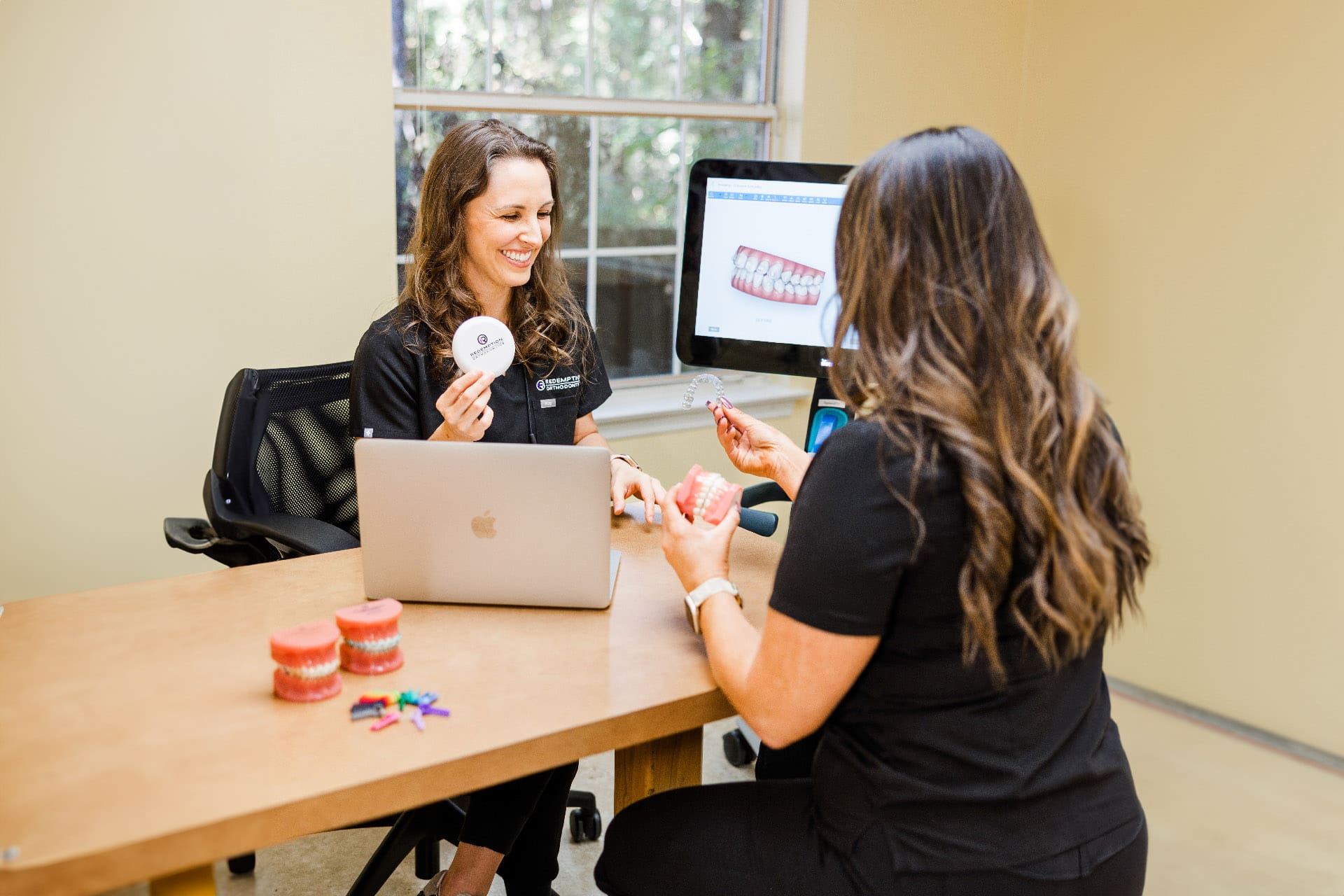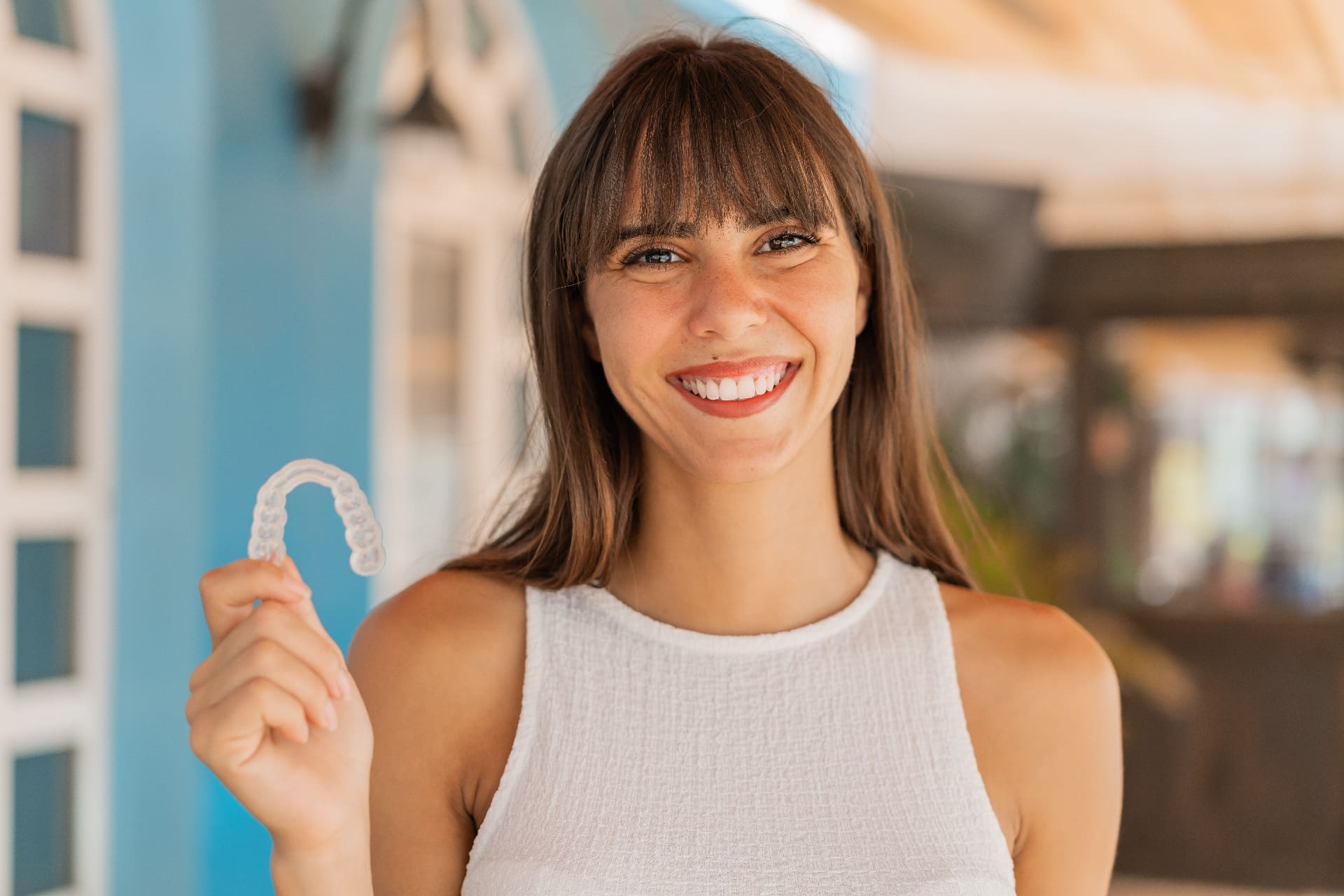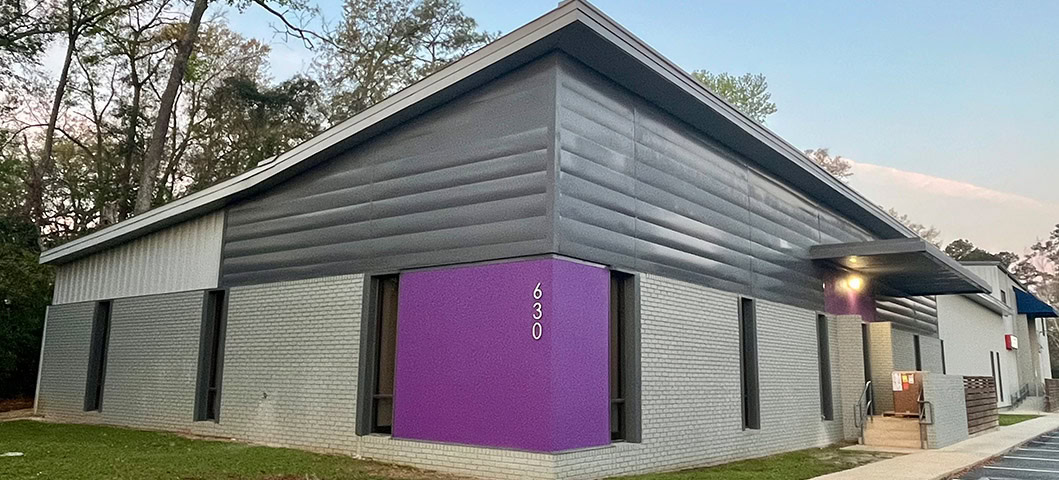Vivera Retainers
As part of the retention stage after completing Invisalign treatment, a retainer is usually recommended to keep your teeth from moving. For the best results, Vivera retainers are the typical choice for usage after treatment with Invisalign. These retainers are built from the same high-quality material as Invisalign, ensuring the same level of convenience, comfort, and success throughout the entire retention process.
Importance of Retainers
If you do not use retainers, your teeth will gradually move back out of place, compromising the effectiveness of your Invisalign treatment. Without observing proper retention habits, your teeth may even move back into their original positions, which may require more orthodontic treatment. To get the most out of your Invisalign treatment, it’s crucial not to skip out on wearing your Vivera retainers. By regularly wearing them, you can:
- Avoid a relapse in tooth alignment
- Maintain a balanced and healthy bite
- Prevent the formation of gaps between your teeth
- Preserve the progress you’ve made with Invisalign
About Vivera Retainers
Vivera retainers are incredibly transparent, simple to maintain, and constructed with durability in mind so that they retain their form and integrity for years without breaking, warping, wearing out, or cracking. These retainers are up to 30 percent stronger compared to other brands, and they come with extras in case one becomes misplaced. What’s more, they are also custom-made to fit your teeth, providing maximum comfort every day and as you wear them during sleep.
After your Invisalign treatment is complete, you should wear your Vivera retainers as much as possible, 24 hours a day for the first six months to a year is recommended. Afterward, you may reduce the frequency of your wear to a few nights per week. However, for the best and most long-lasting results, wearing your retainers at night for the rest of your life may help keep your teeth from shifting position as you age.
Types of Appliances
3D Printed Appliances
Technology has made significant changes in the field of orthodontics, offering both orthodontists and patients more convenient treatment methods. While 3D printed appliances have been available for quite some time, their usage has significantly grown in recent years because of their undeniable benefits, particularly in creating custom 3D rapid palatal expanders (RPE) in correcting teeth alignment and ensuring a healthy bite.
An RPE refers to an orthodontic appliance used to treat underdeveloped jaws, overcrowded teeth, and even crossbites. This appliance works to expand the width of the upper jaw or dental arch, creating more space for the teeth to develop correctly. Ideally, correction of these issues should be addressed while the patient is still developing.
To create an accurate virtual model of the 3D printed expander, we first take a scan of the patient’s mouth using stereolithographic equipment. These 3D digital scans are very precise, and the data gathered from them is then utilized to manufacture a unique RPE appliance to exact specifications. This process makes it easier and more comfortable to place or remove the appliance, as well as prevents other problems that can arise from a poor fit.
Thanks to 3D-manufactured expanders, retainers or unpleasant separator appointments are no longer necessary. These appliances eliminate the need for painful separators to be placed between teeth, as with traditional expanders that always relied on bulky separators to maximize their fit. 3D-printed expanders, on the other hand, fit snugly over your teeth without any discomfort, eliminating the need to interfere with their function while also allowing reduced speech changes for the patient.




